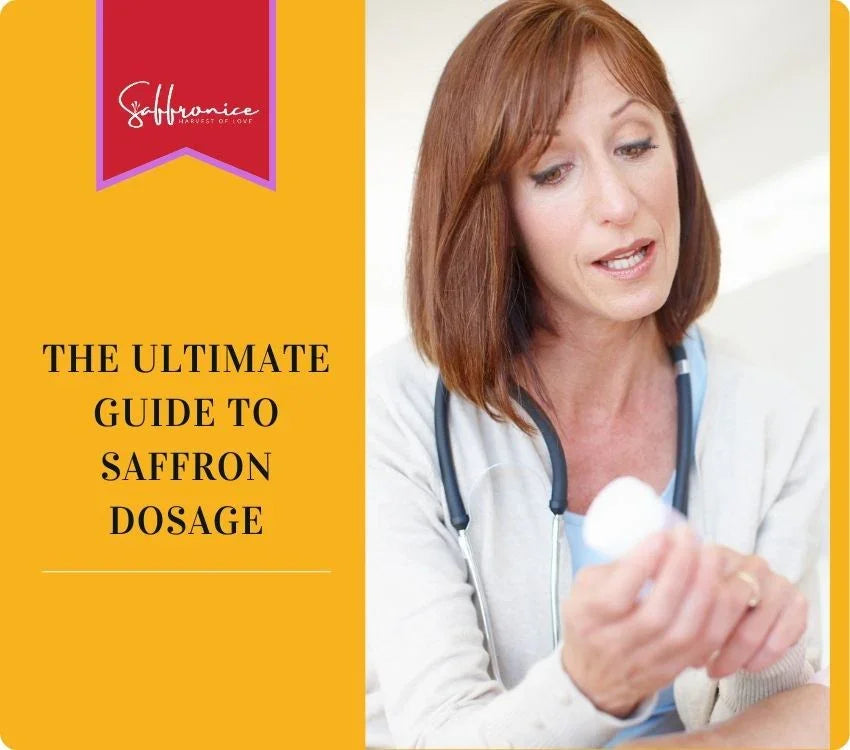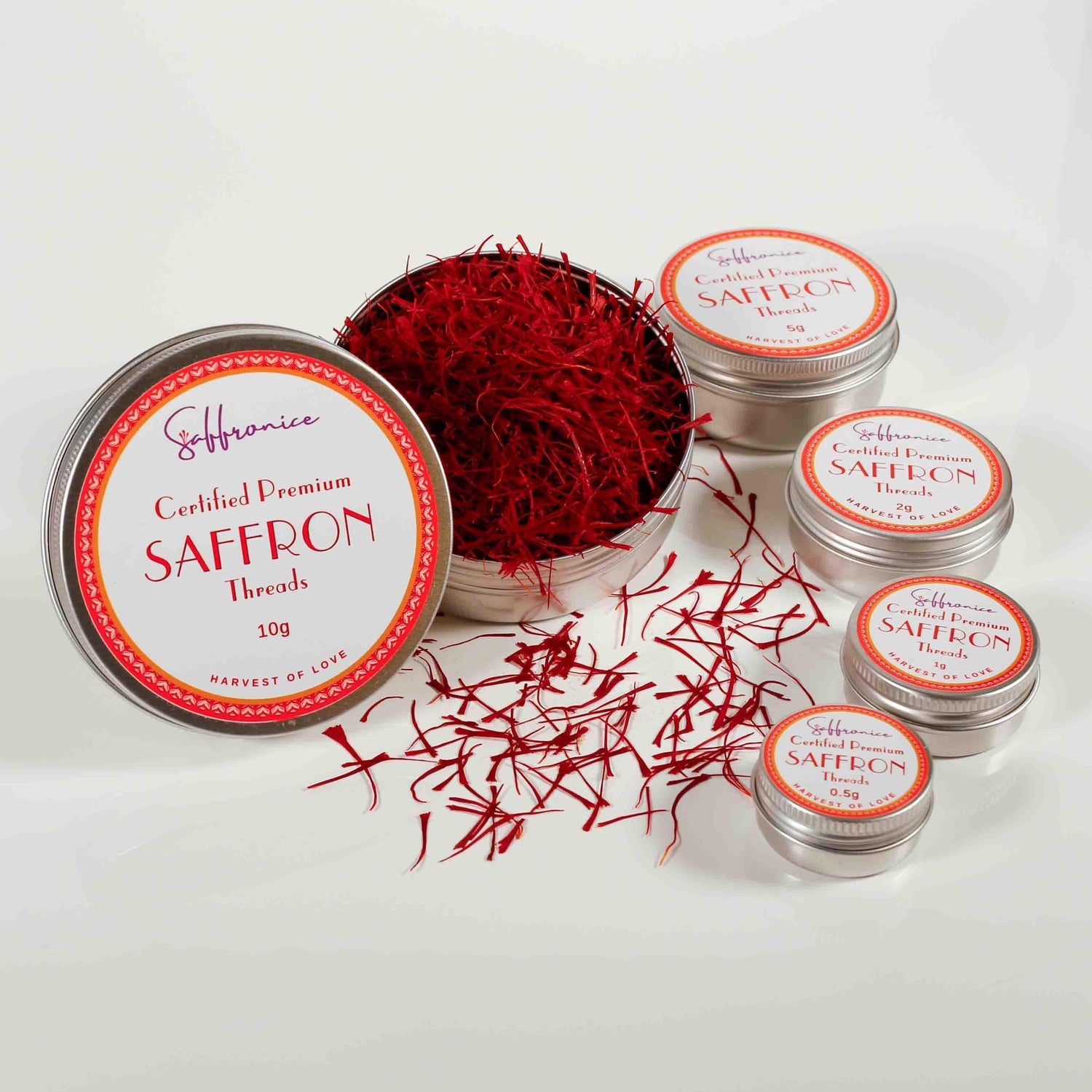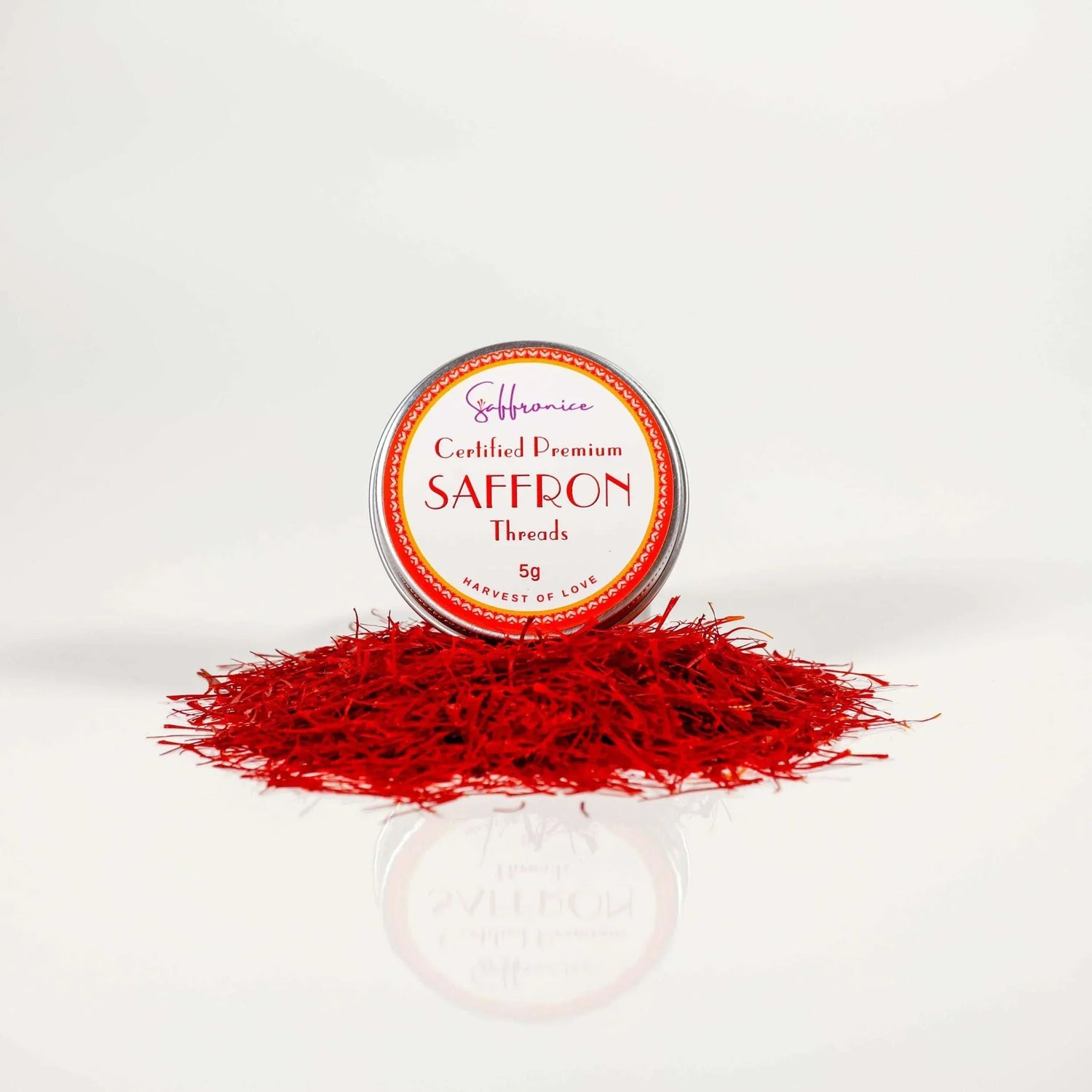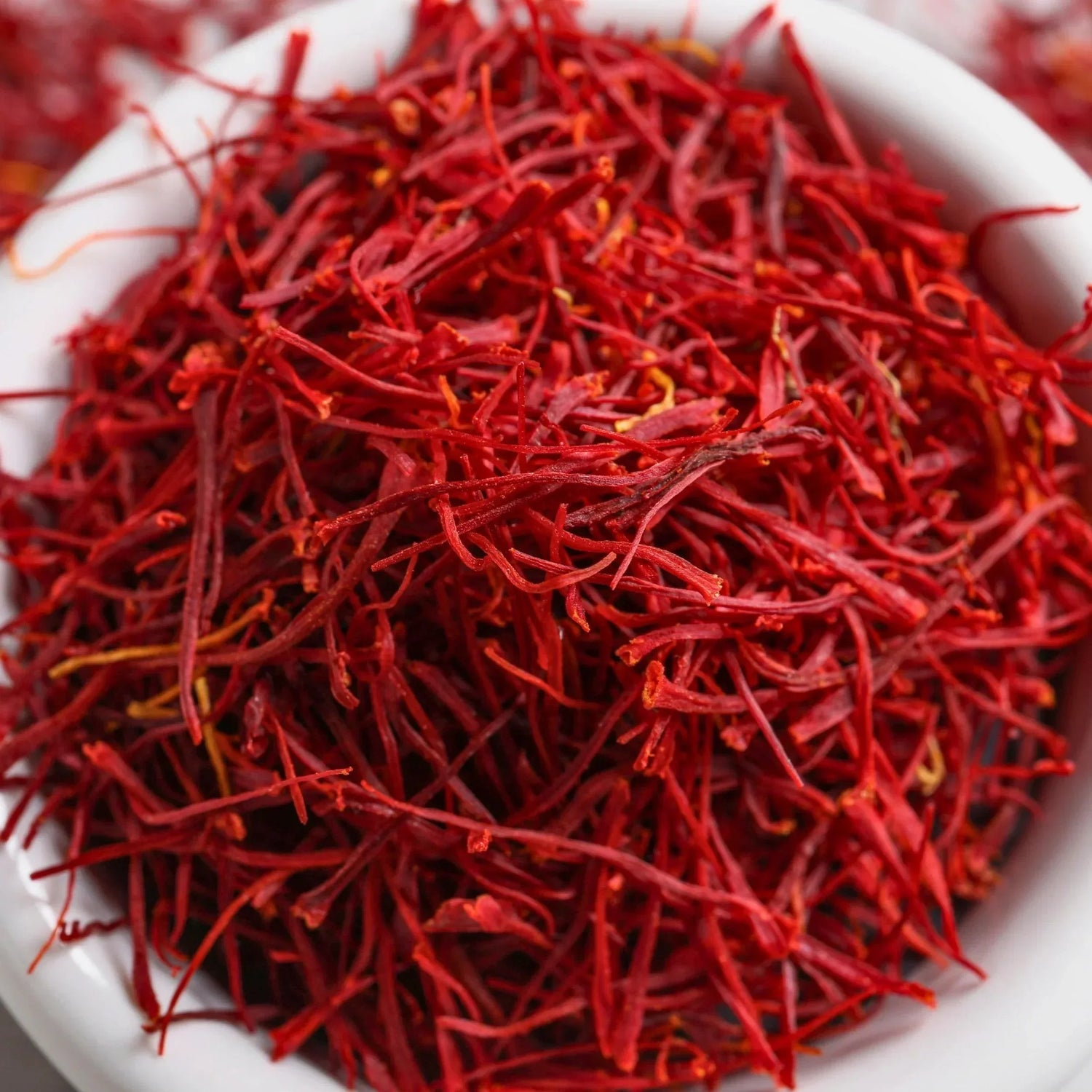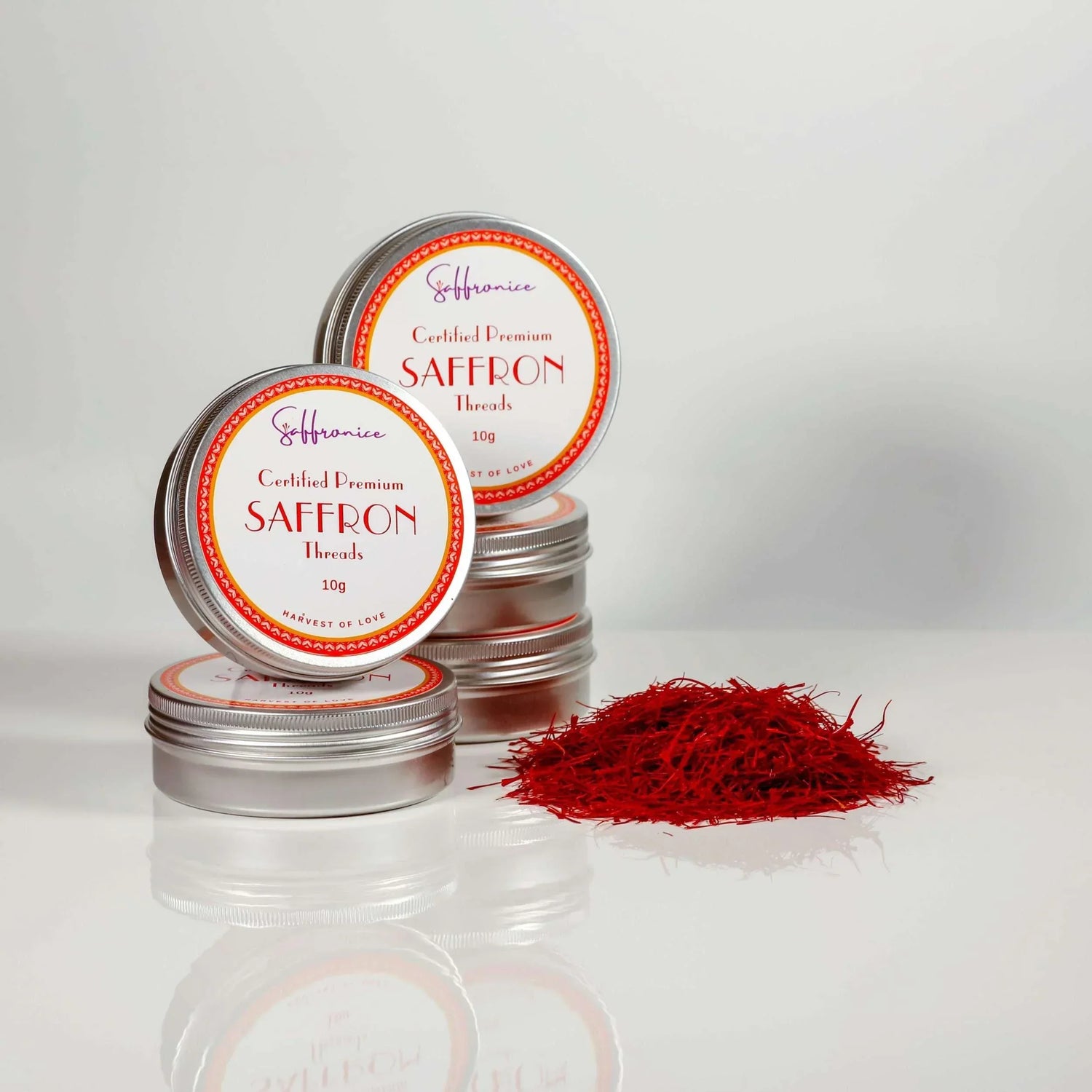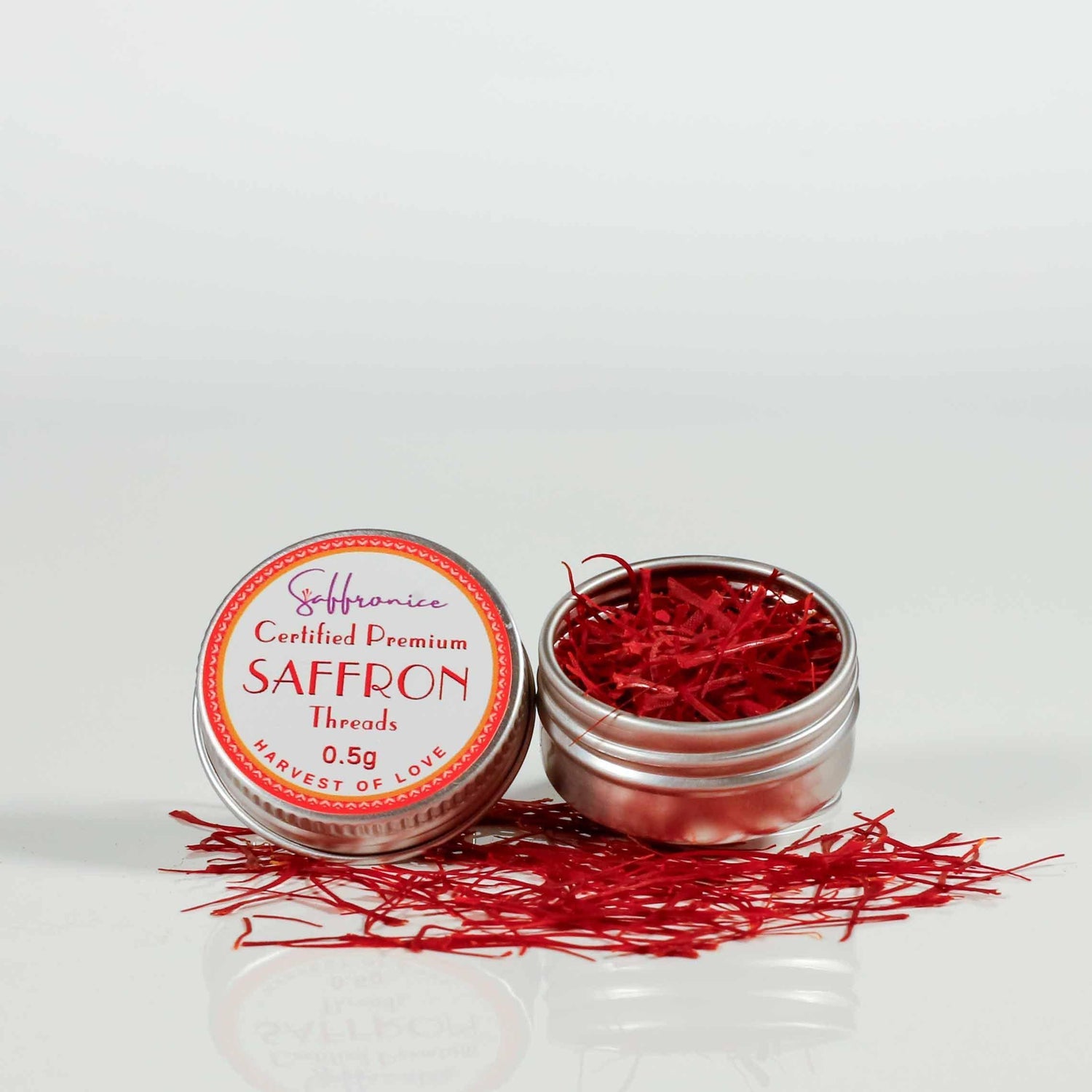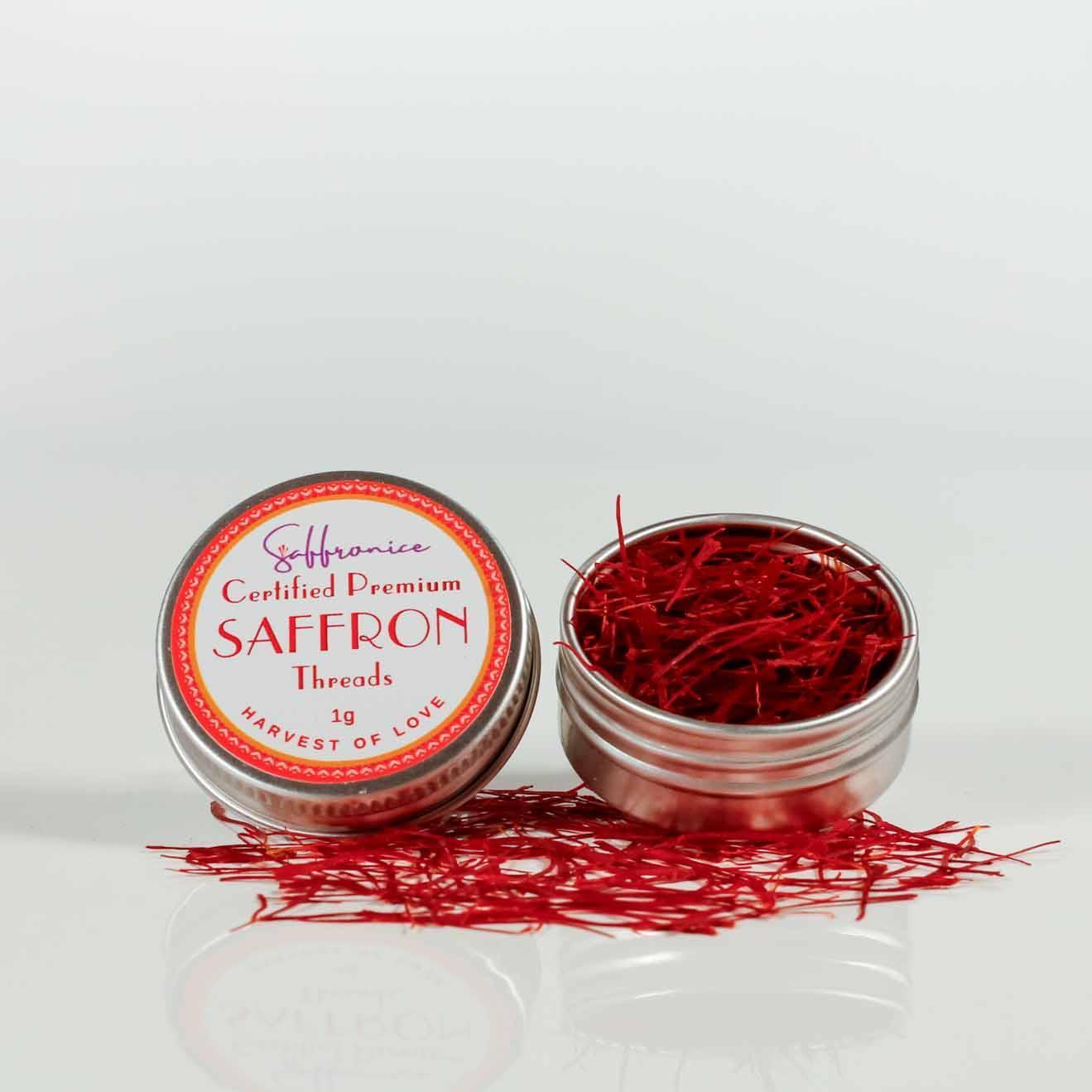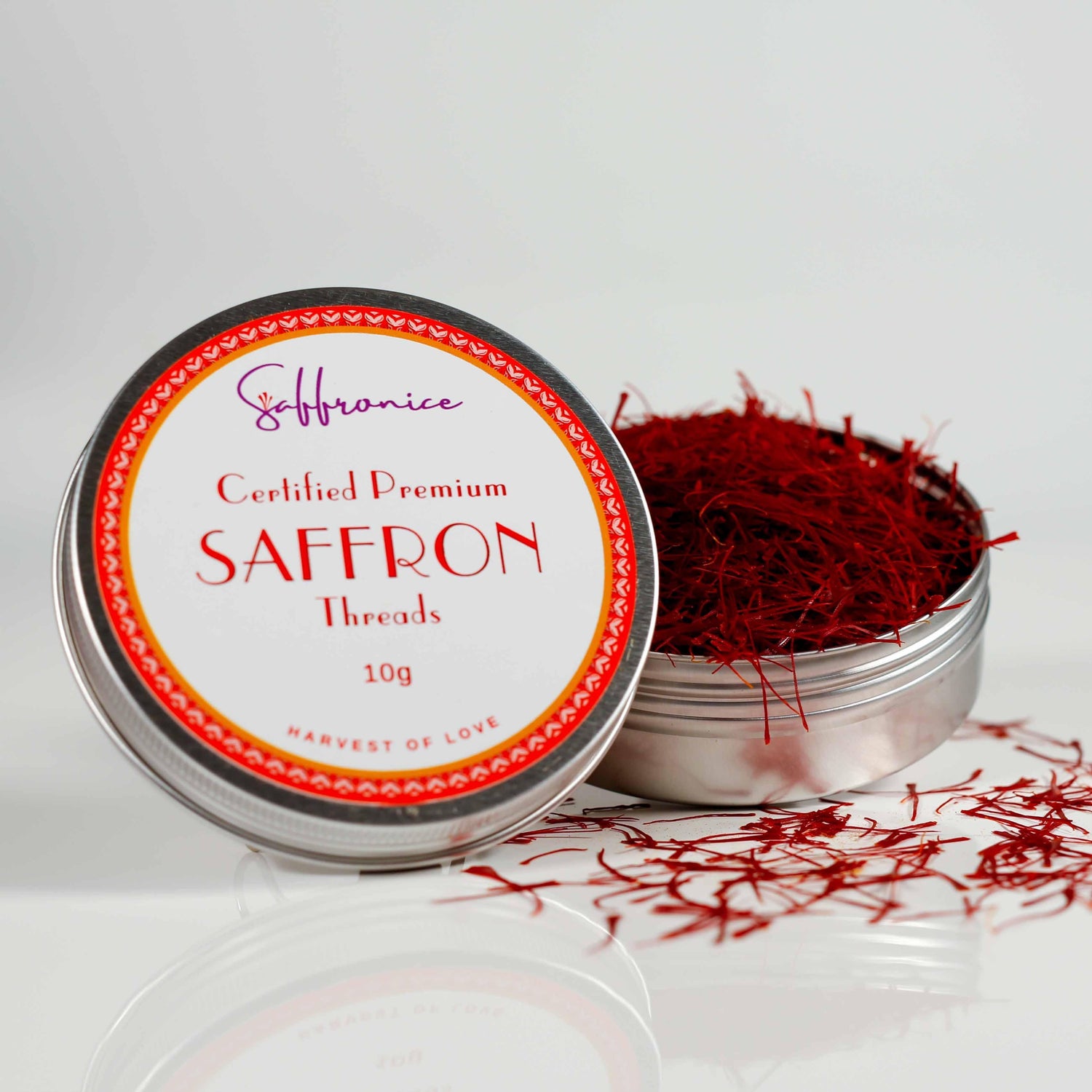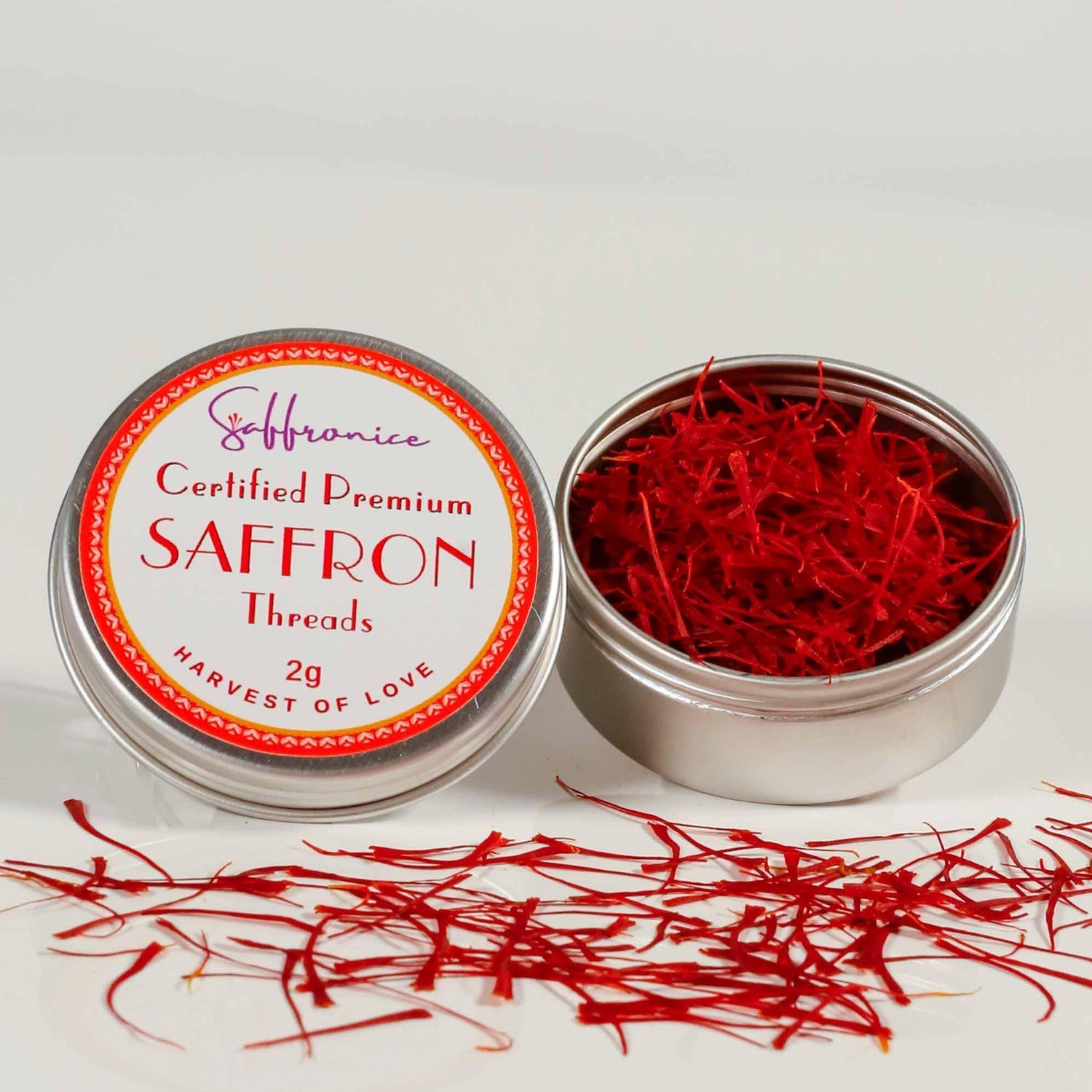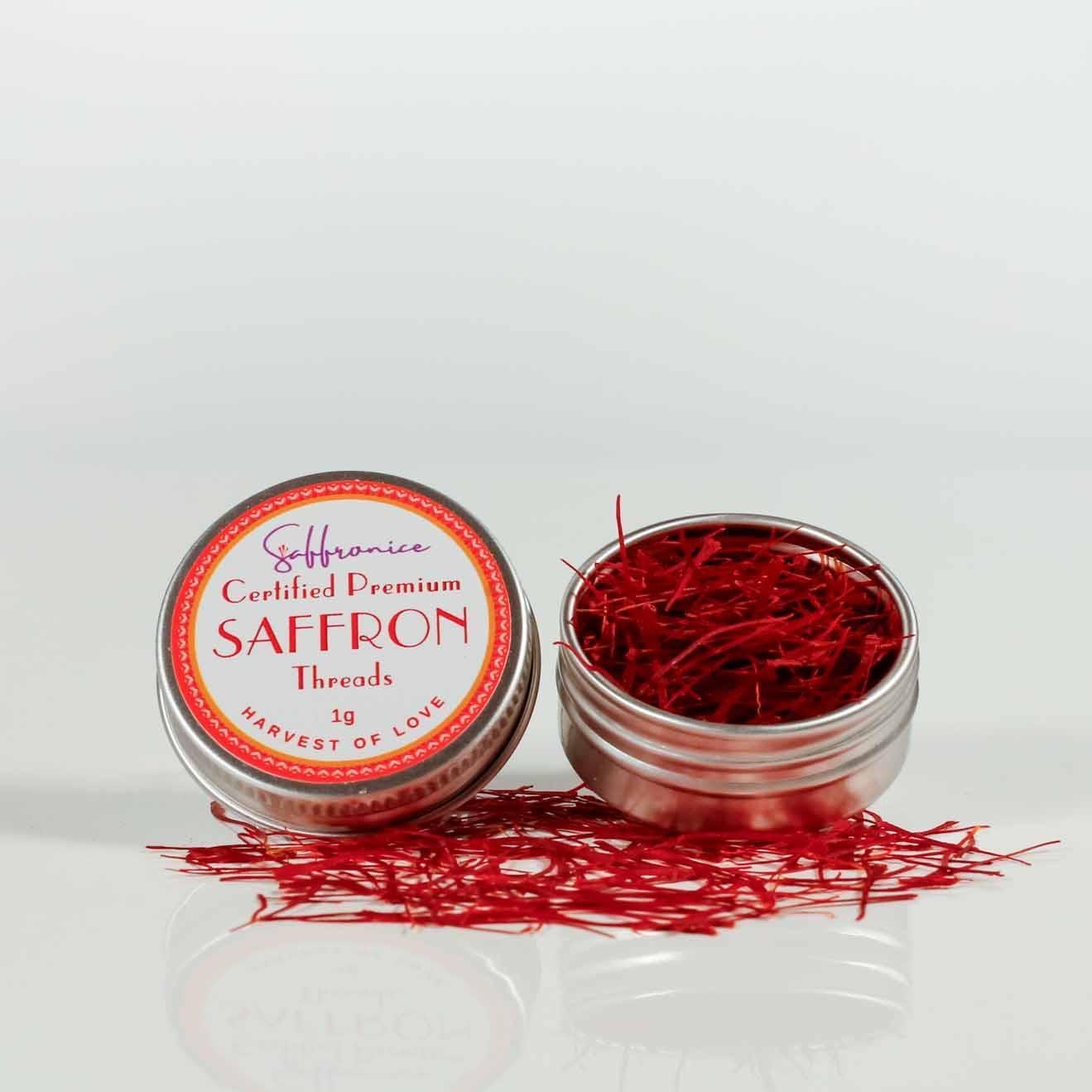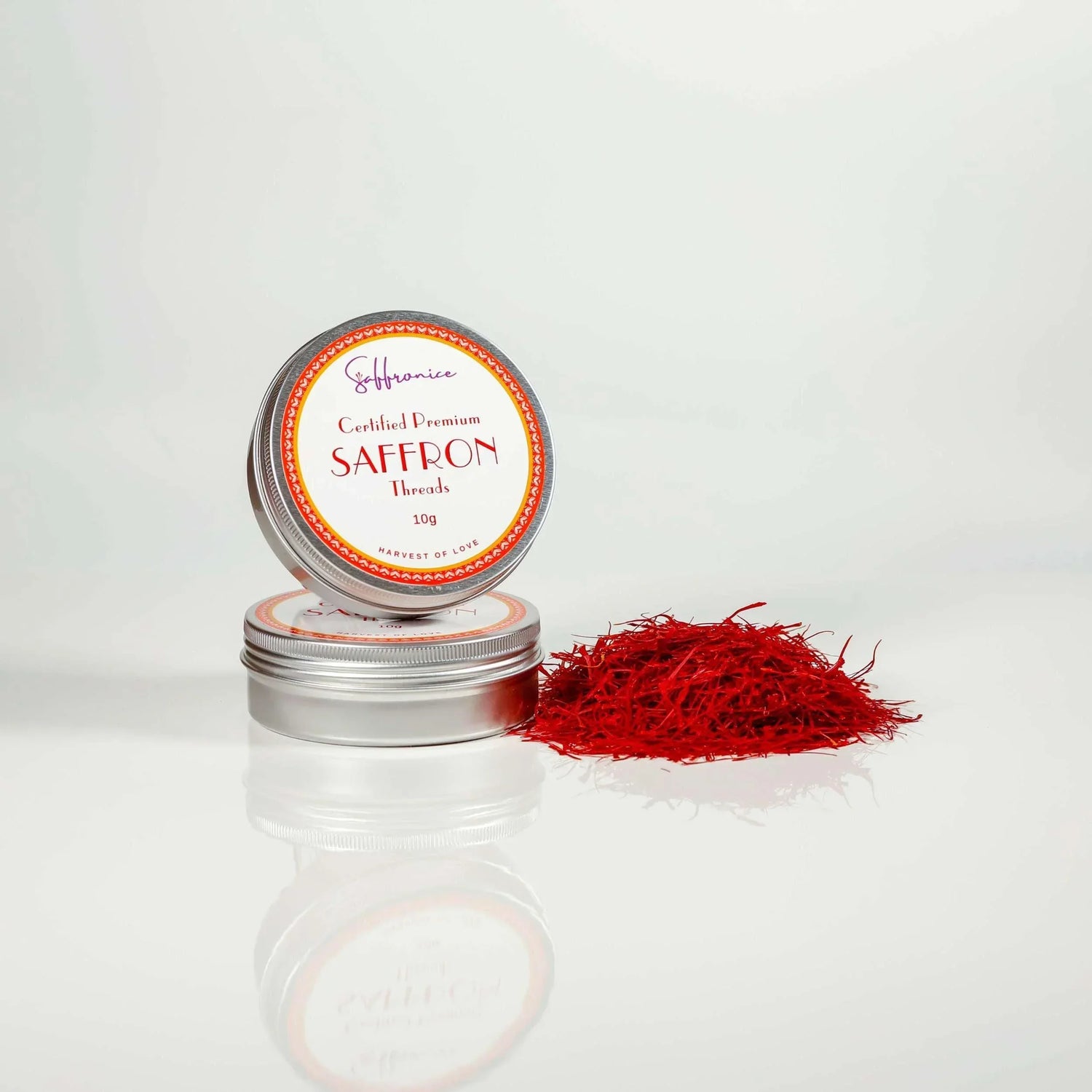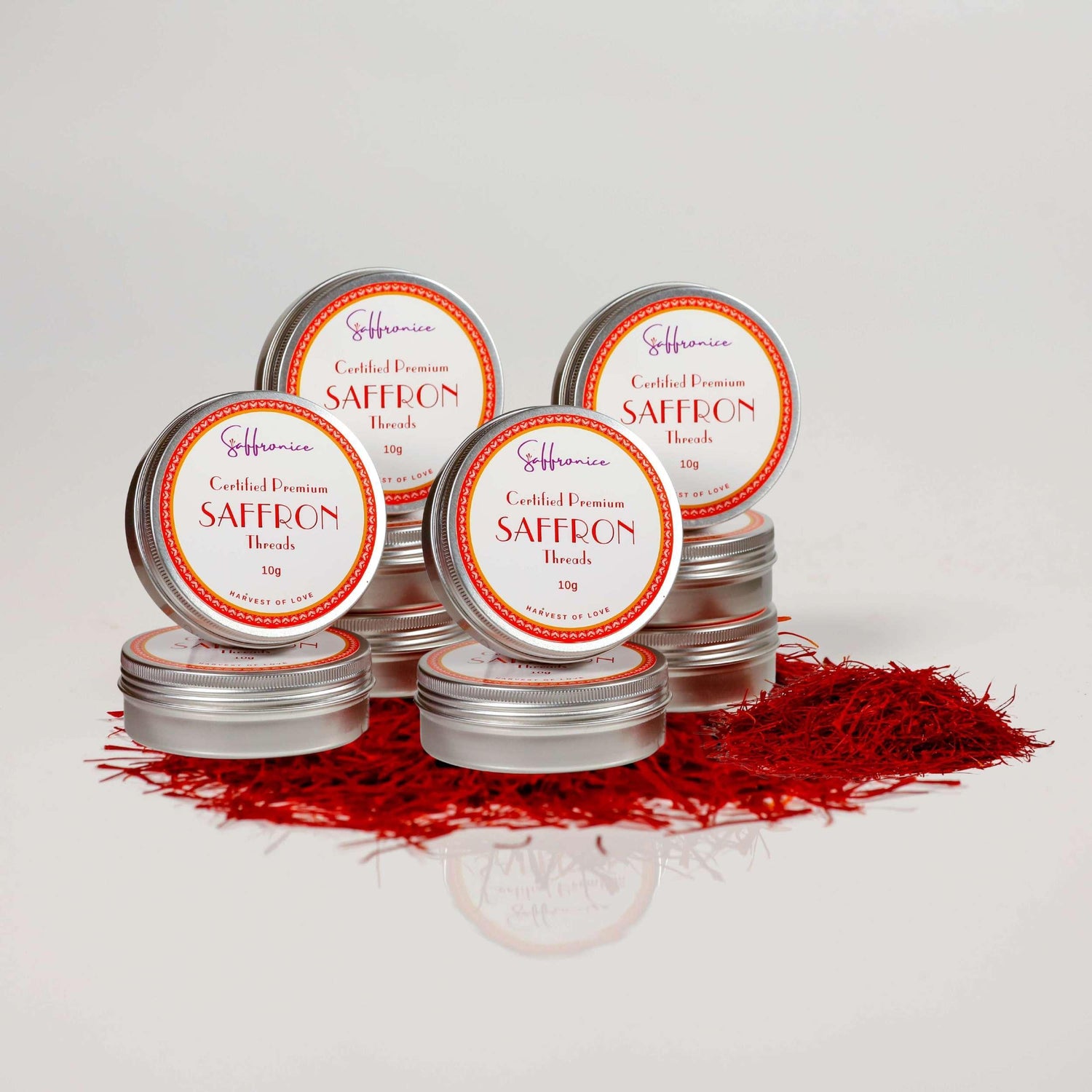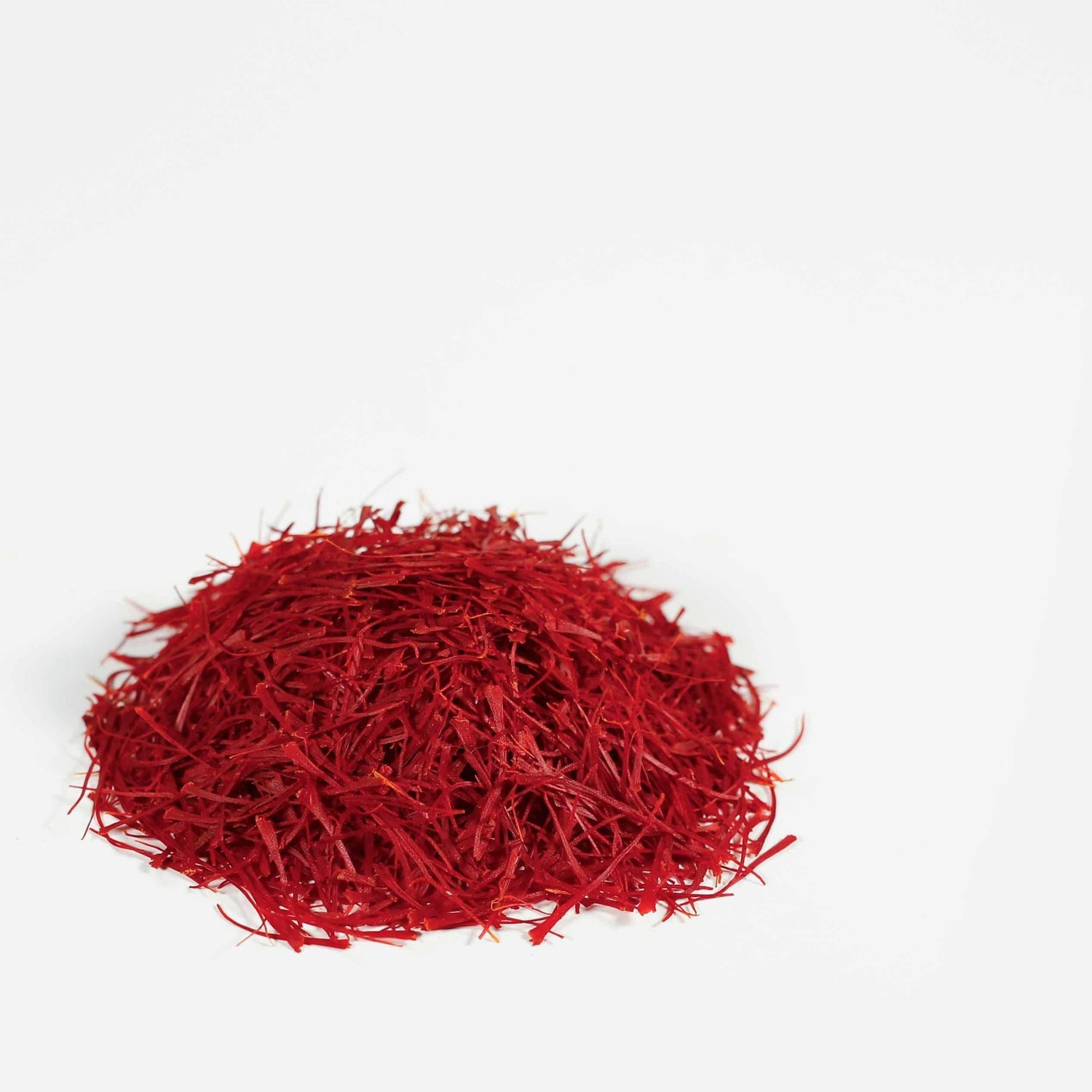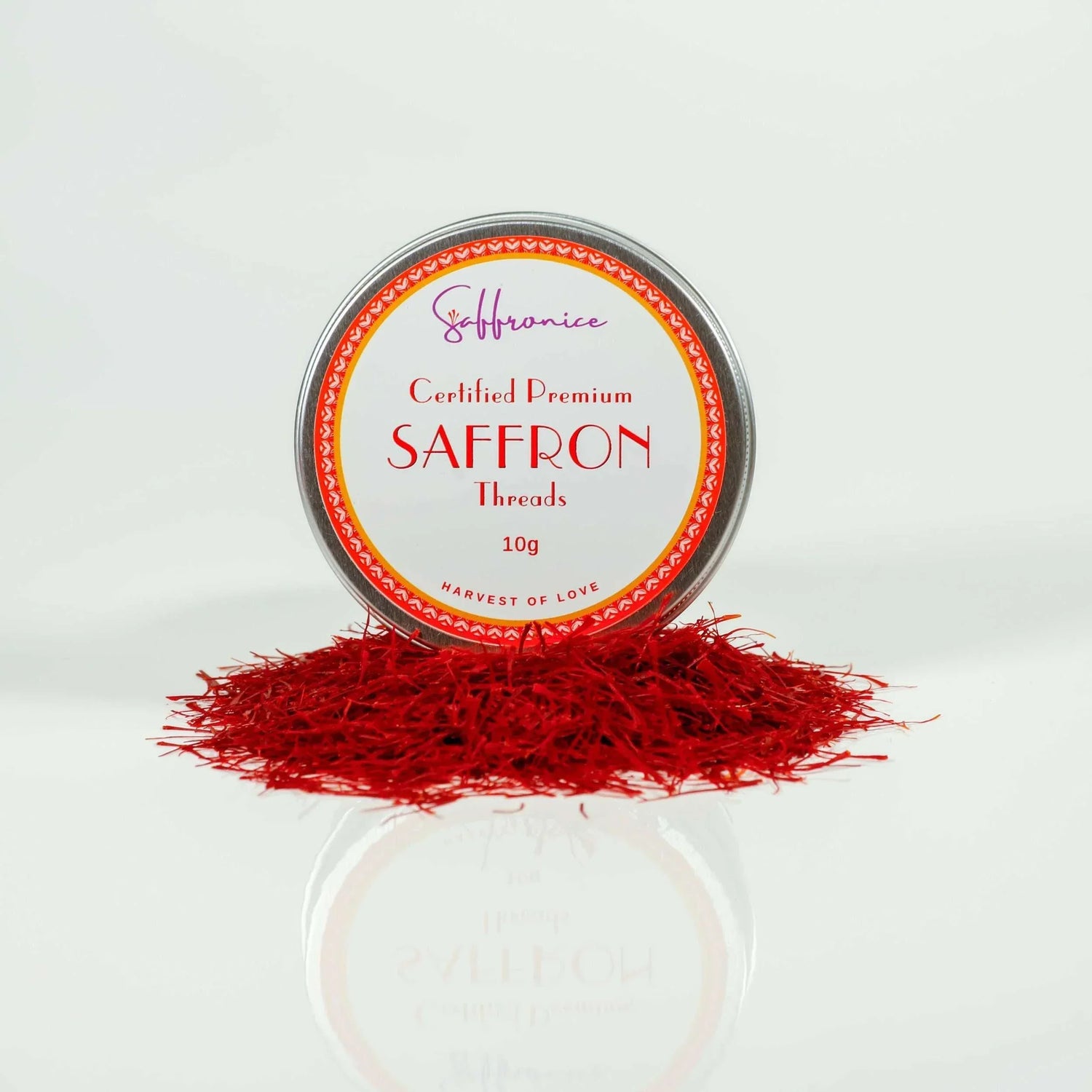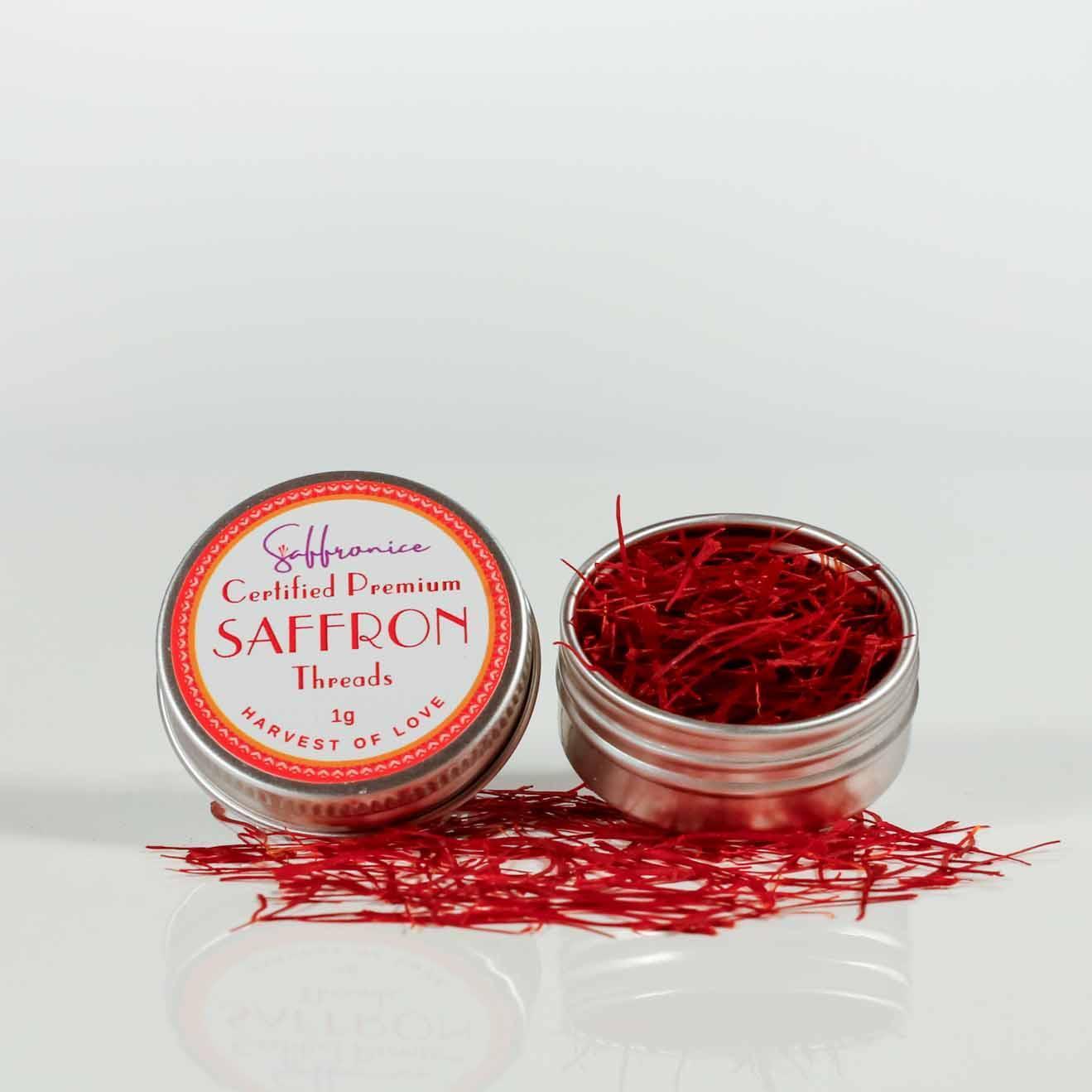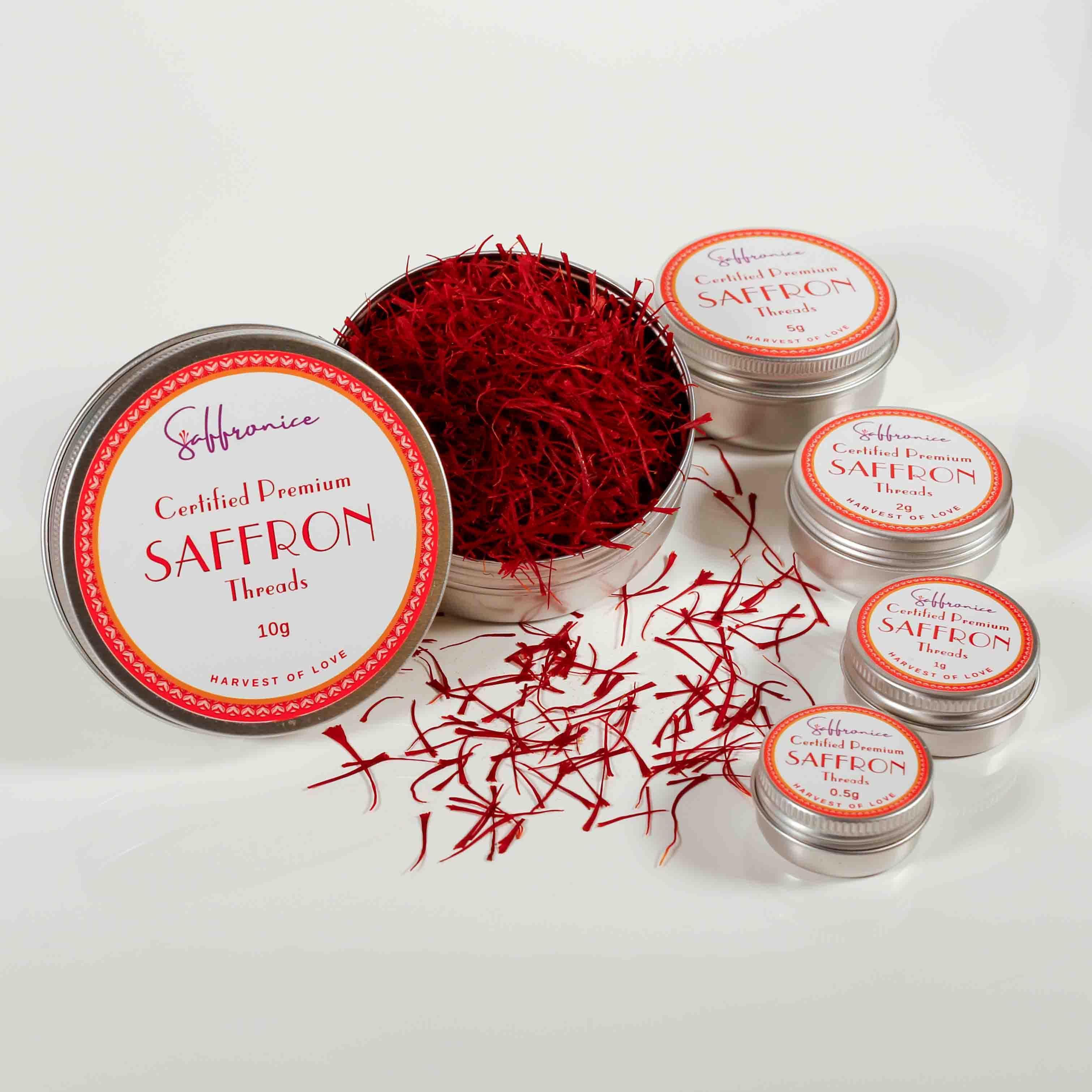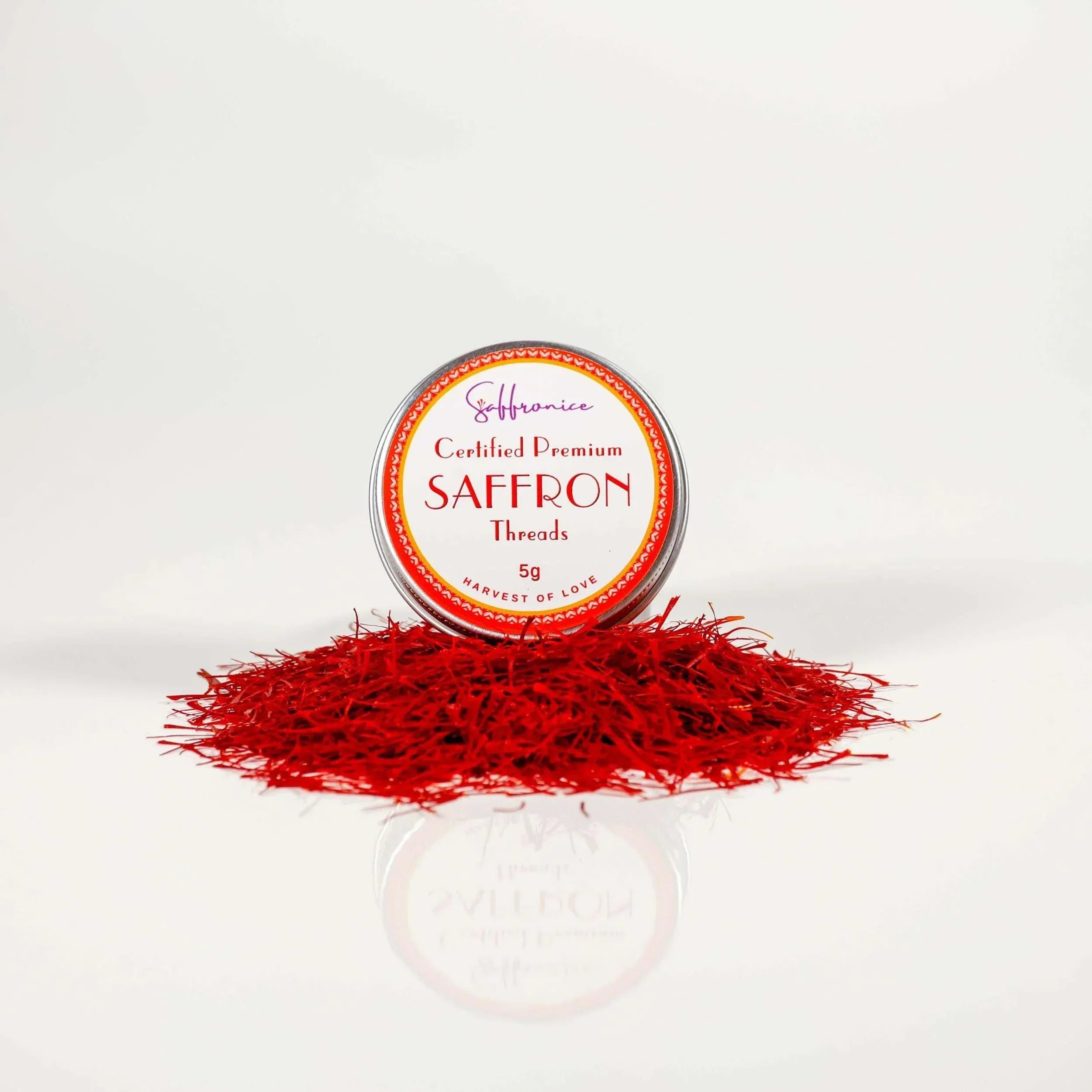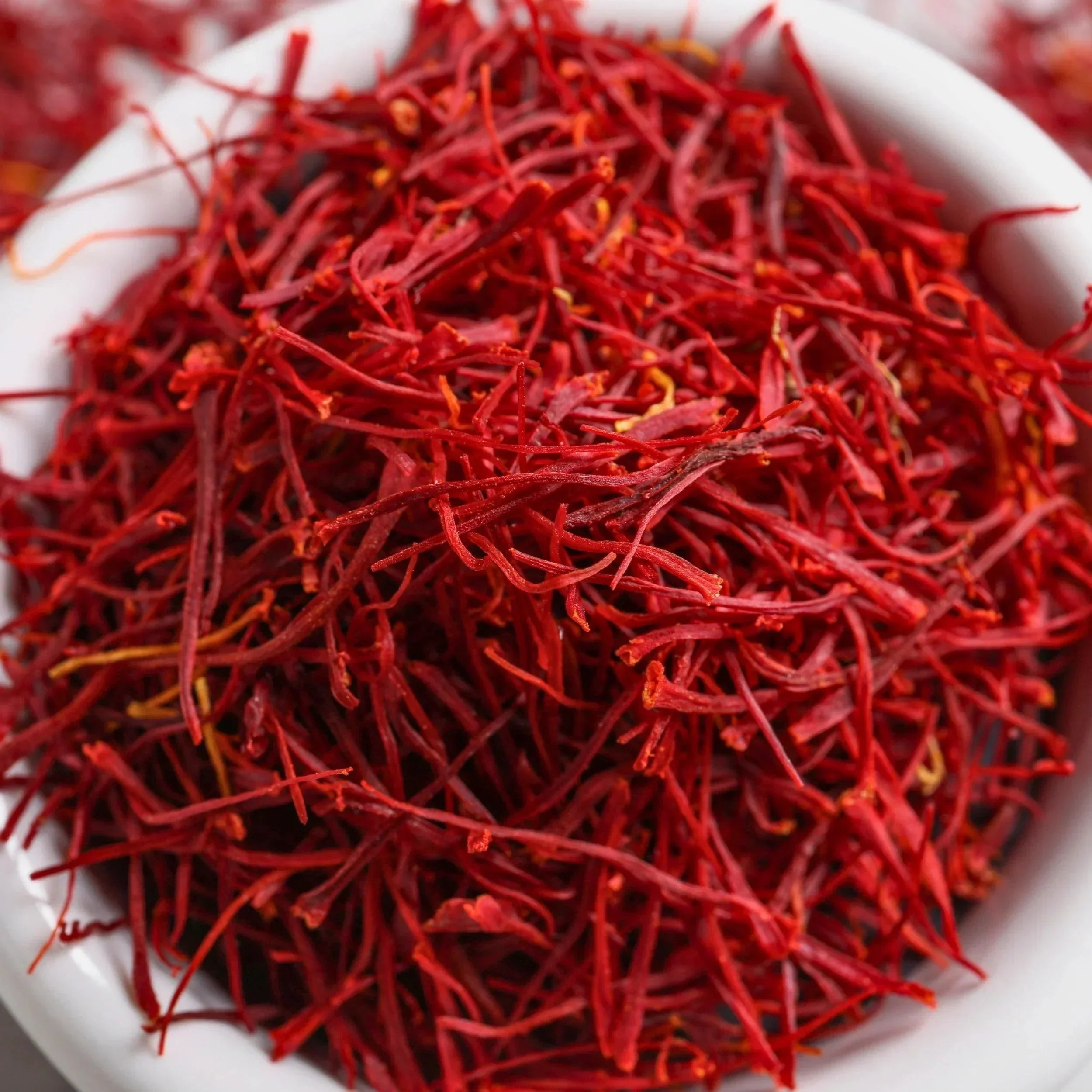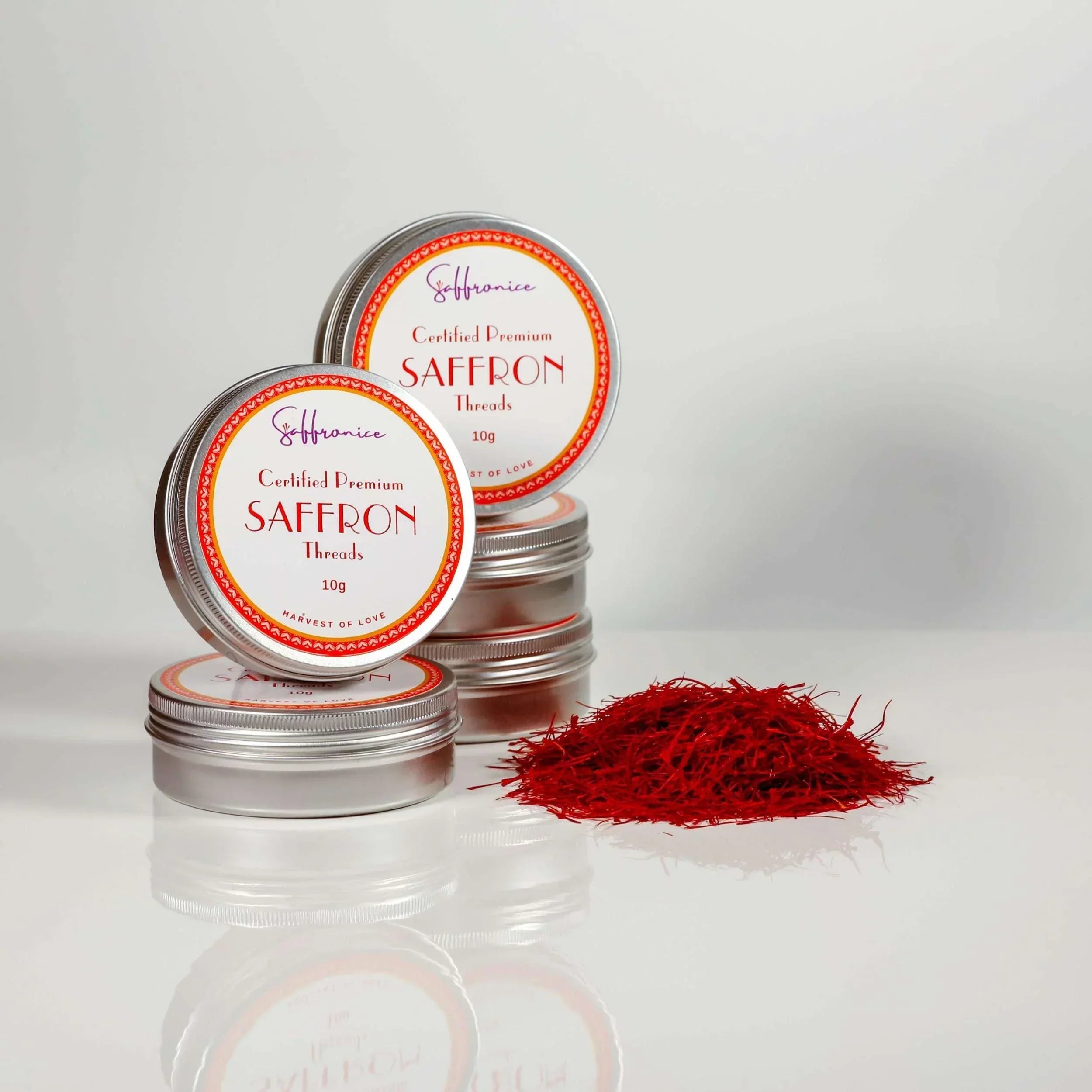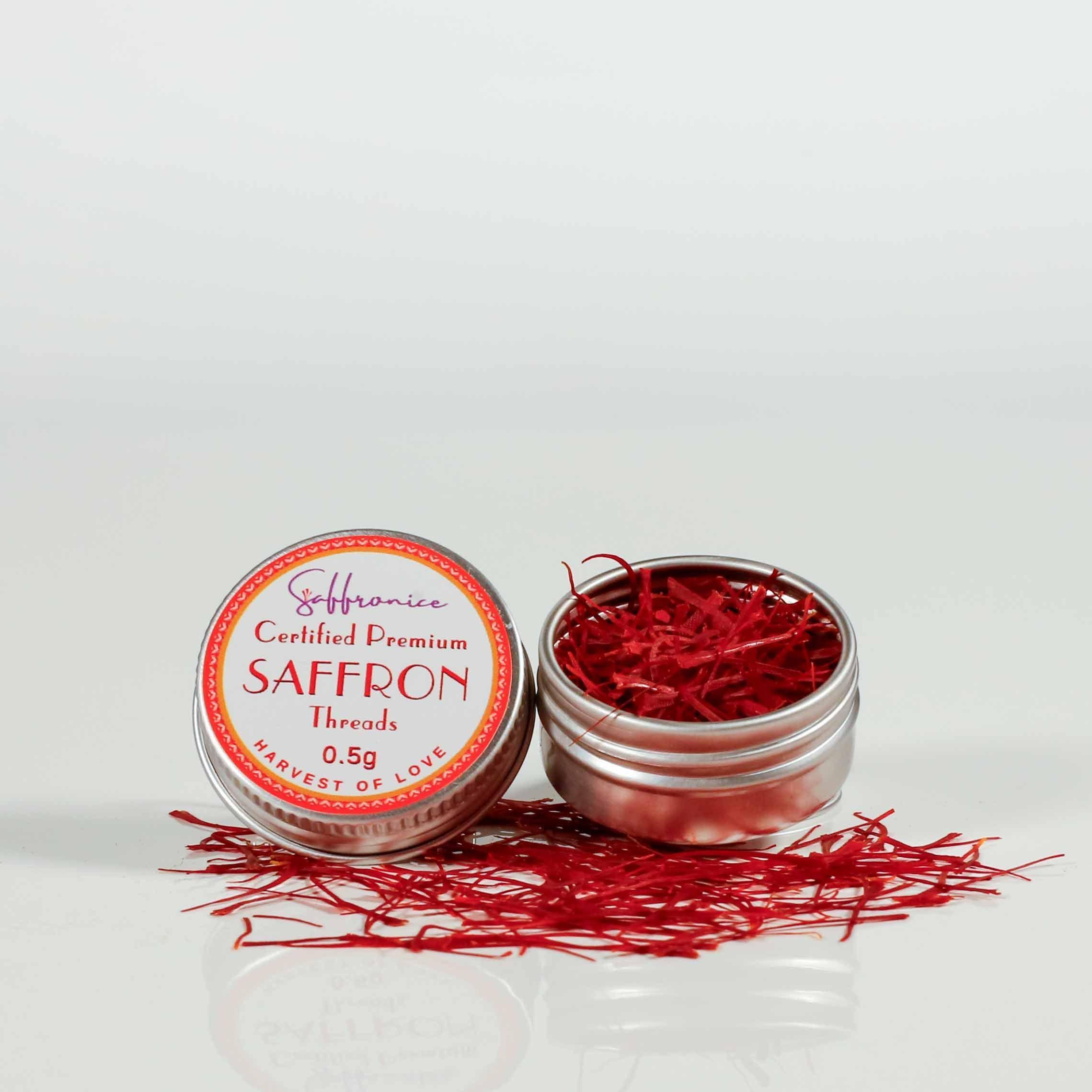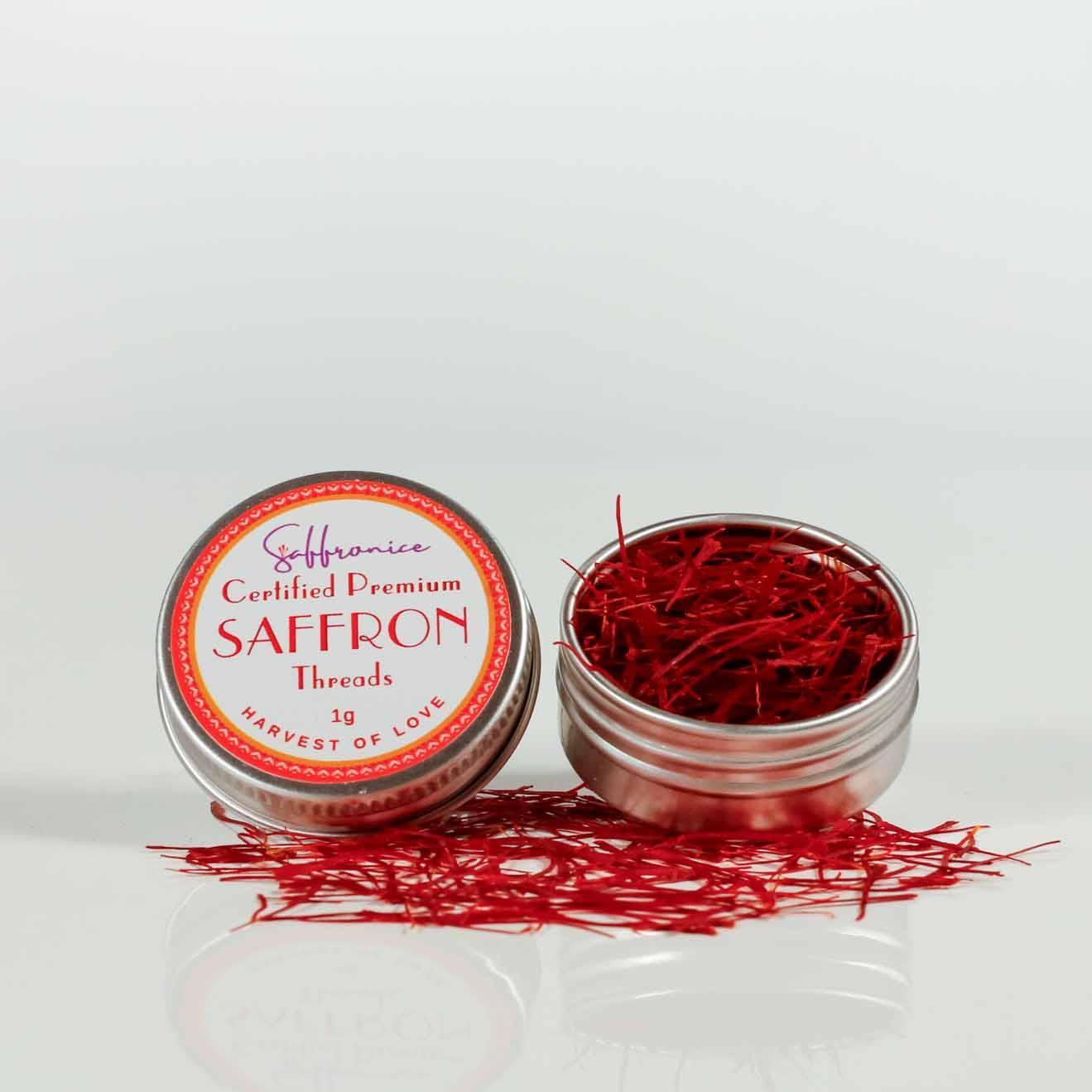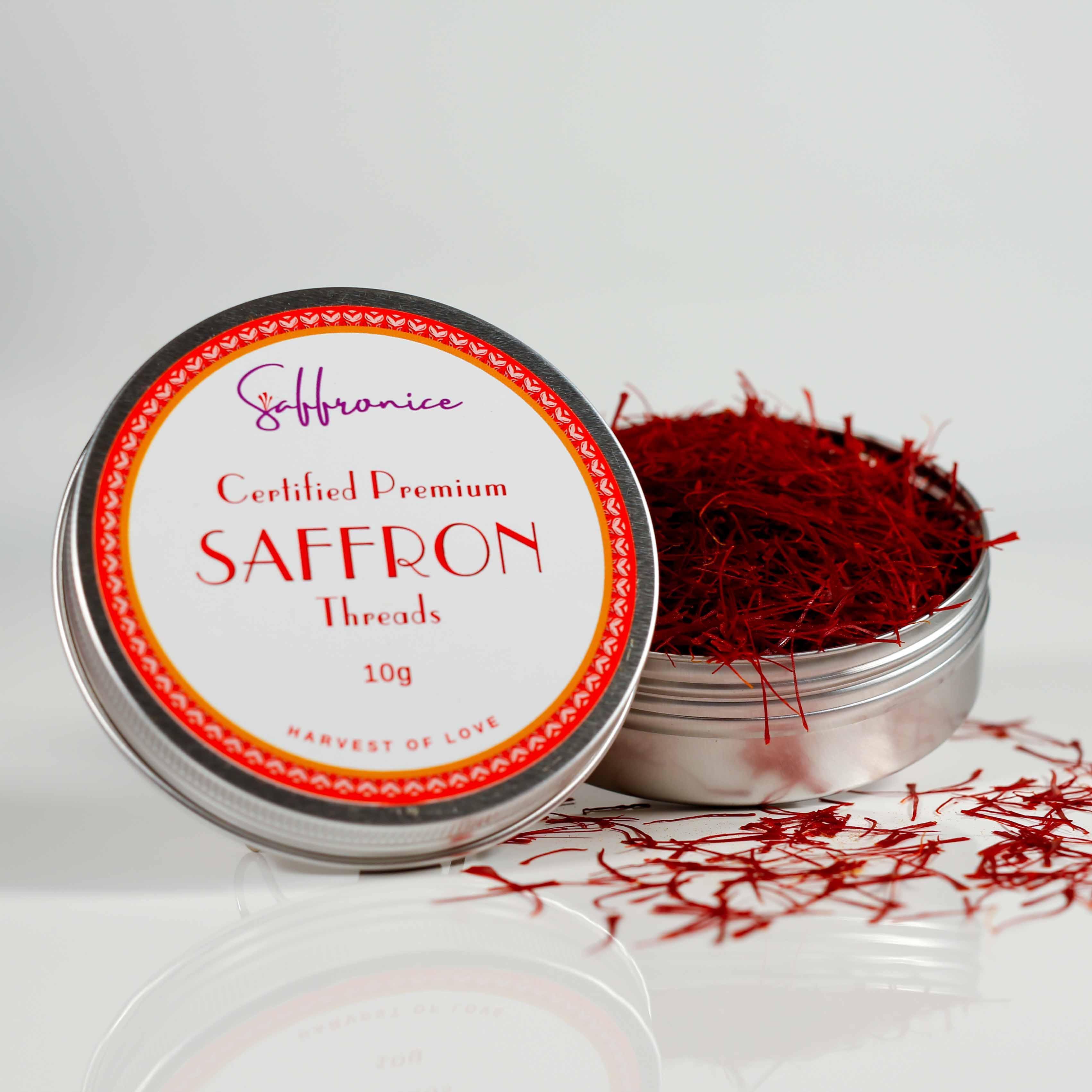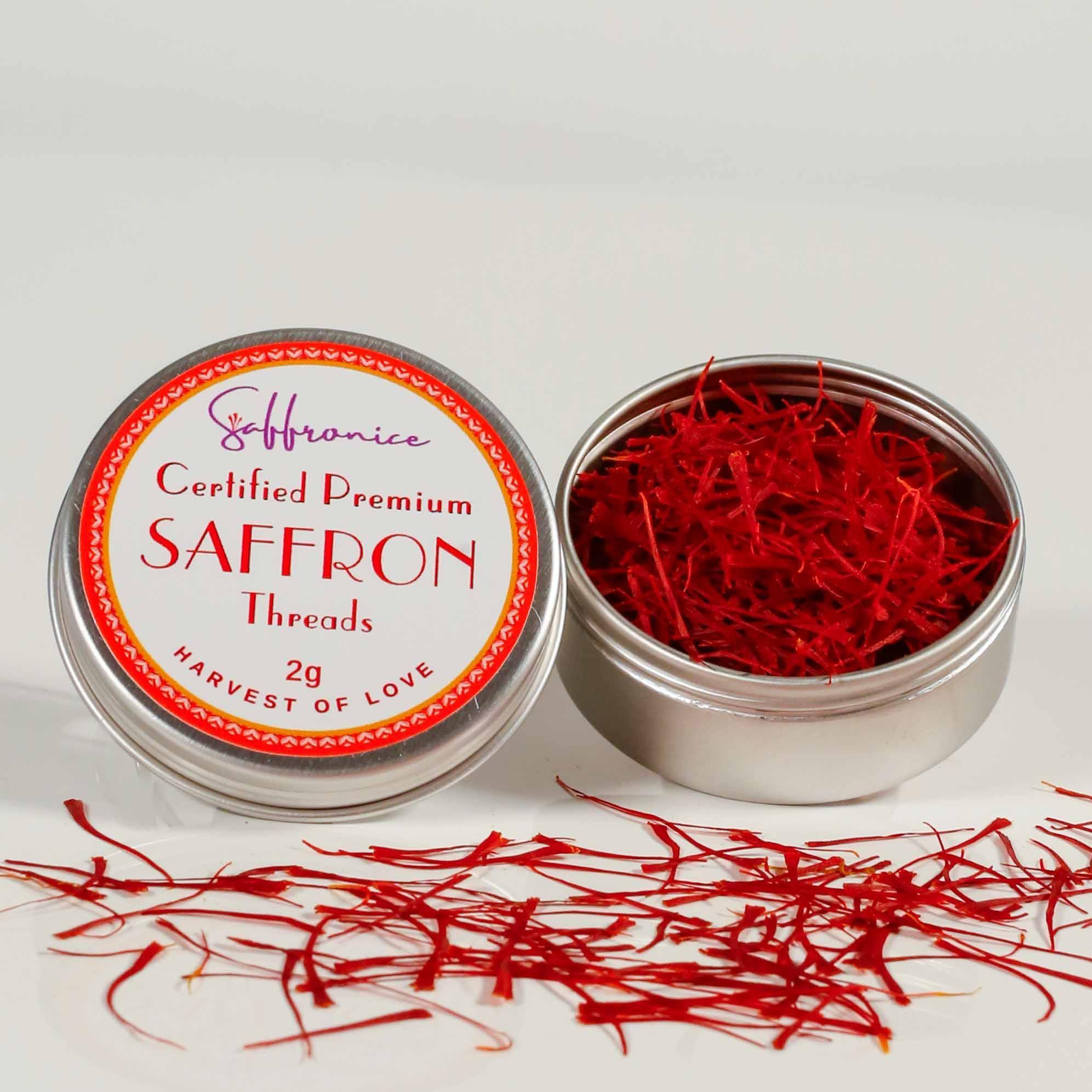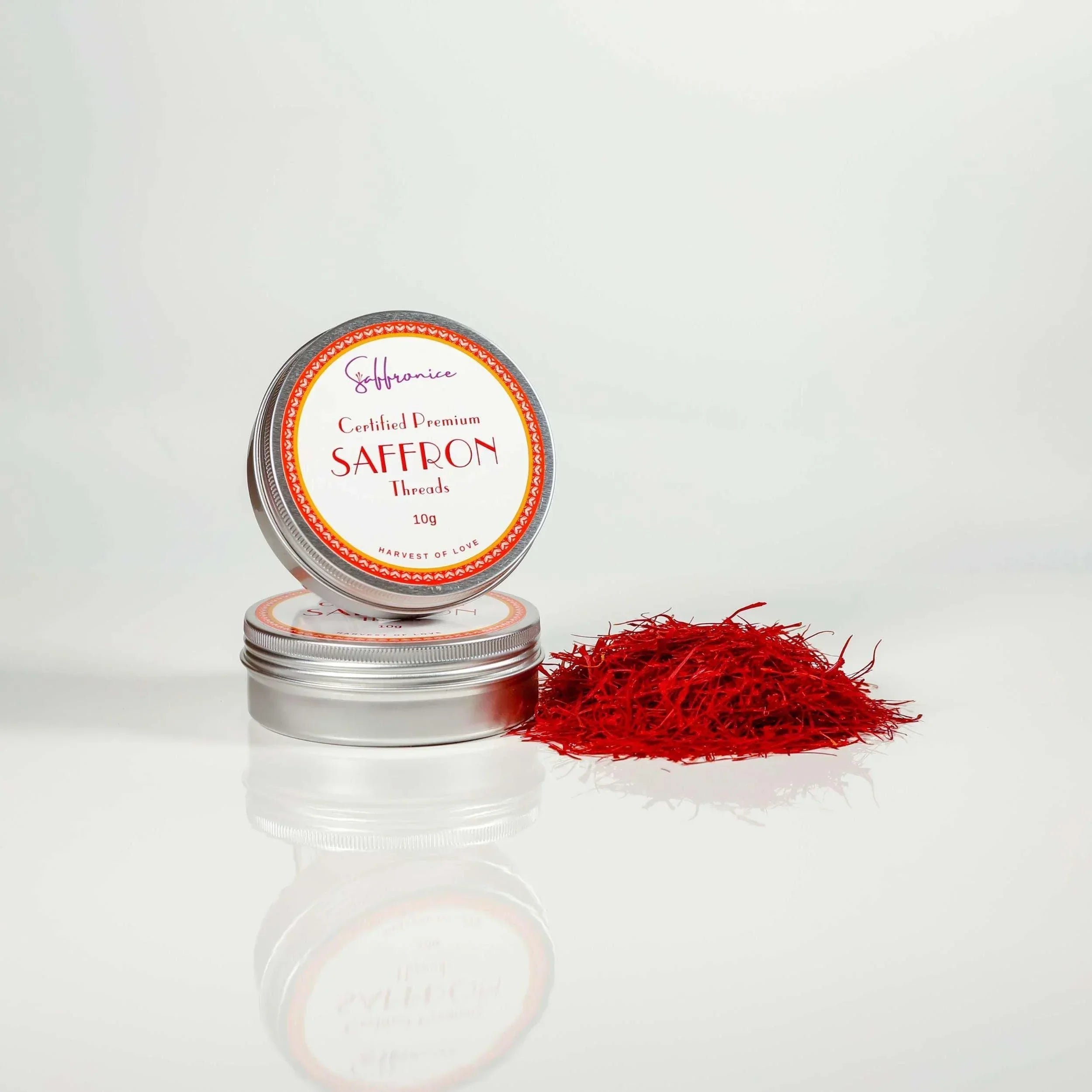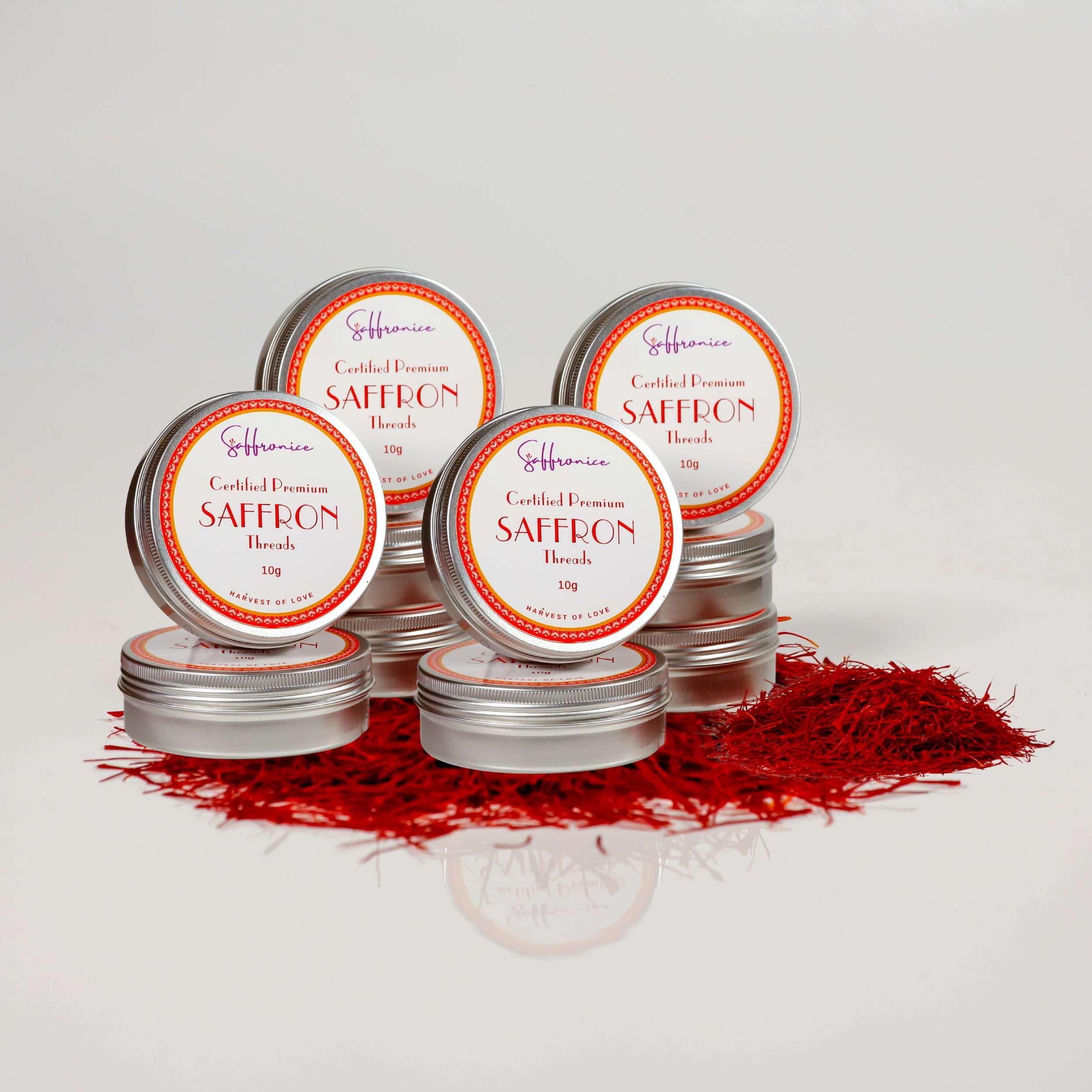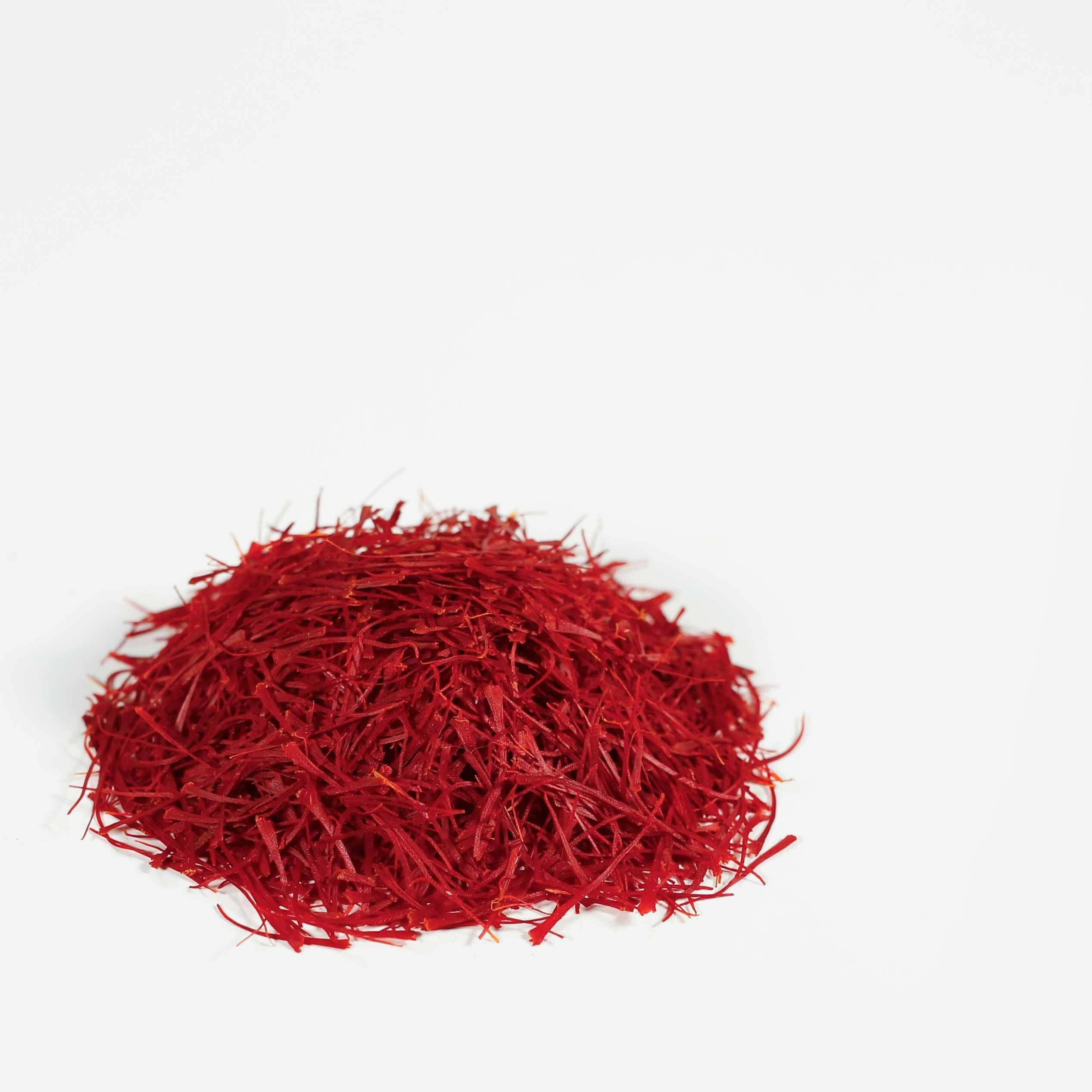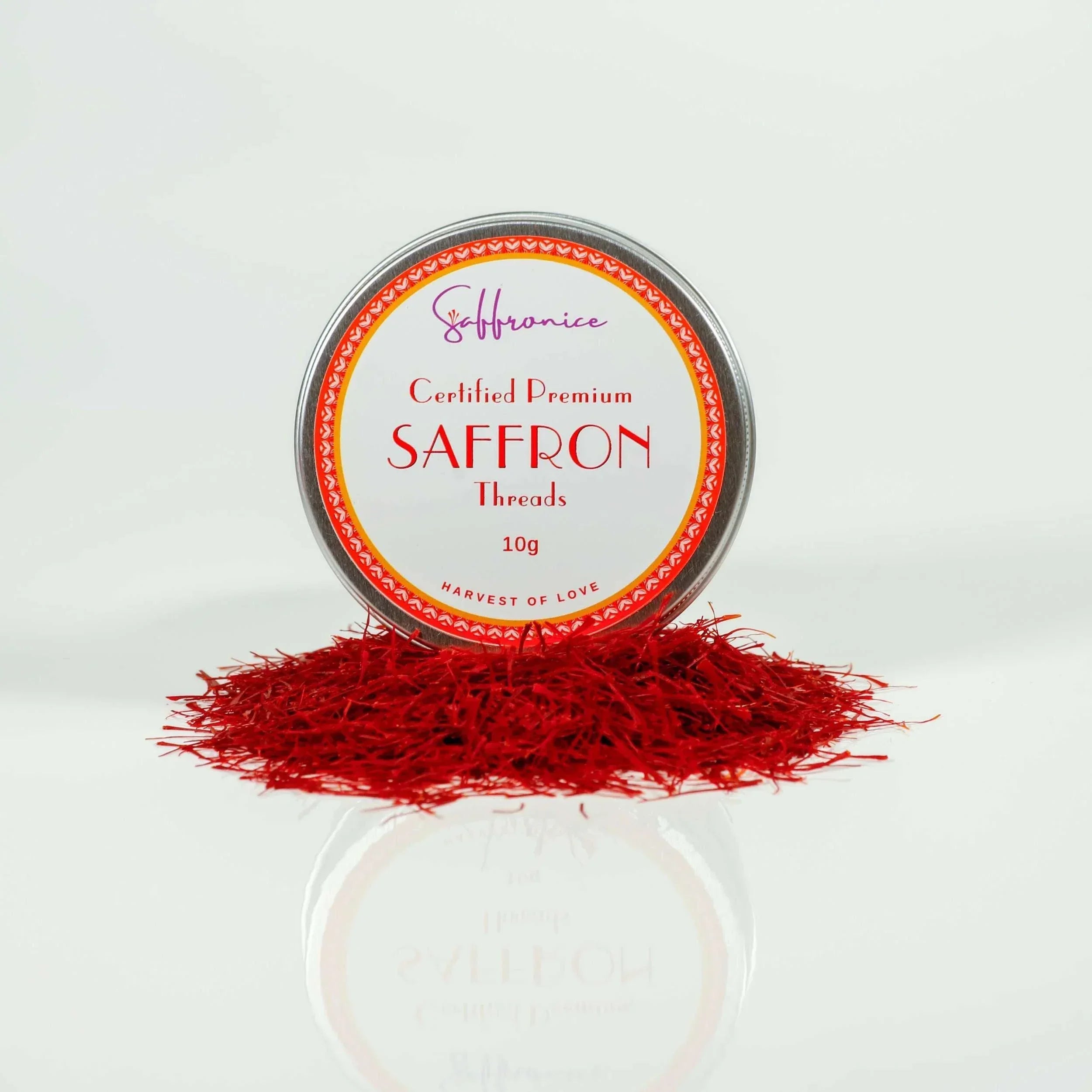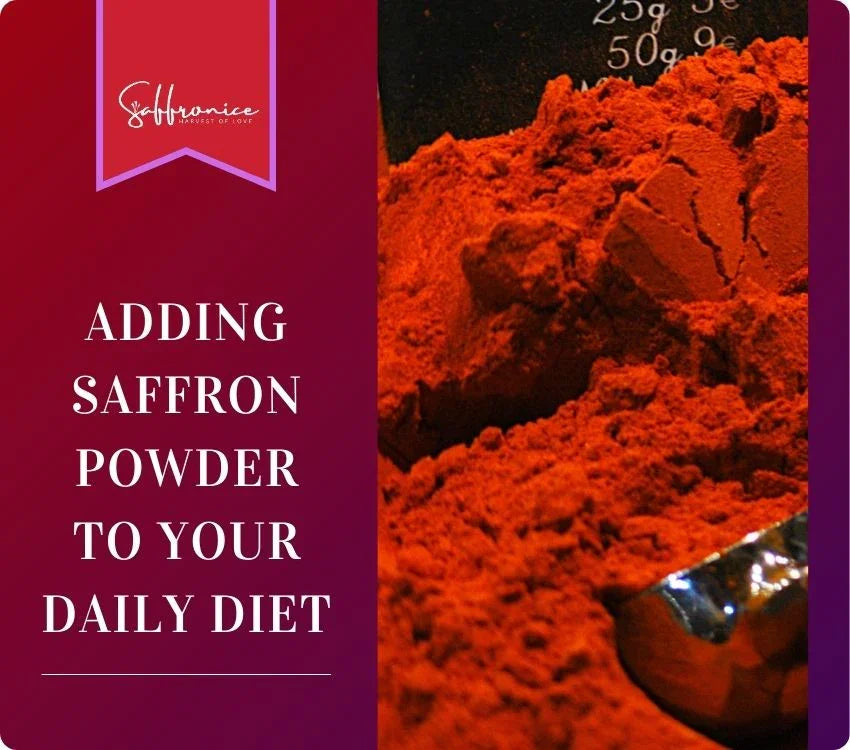
Why Is Saffron Expensive?
Once every year, each autumn, the delicate purple Sativa crocus plant flowers. Each little flower has three delicate, crimson threads—the stigma—which is harvested to produce saffron.
So why is saffron expensive? Well, to produce the best quality saffron, the flowers must be picked before the sunrise, and then the threads are removed one by one by hand from each flower and left to dry naturally. In average farmers expect 1 Kilogram of saffron from one acre of land, and that is why Saffron is expensive.
While some large-scale farming operations have tried to cut costs, in reality, they only end up cutting corners. The sheer size of these factory farms means that they can’t do things the traditional way—for example, picking flowers before sunrise only to ensure maximum the maximum potency.
But you can still find small, family-run operations where they grow, pick, and dry saffron the ancient way. The difference in quality—and taste—is unmistakable.
What is Saffron Used for?
Saffron is a small, bulbous, perennial spice, with an unmistakable luxurious-sweet aroma like no other spice. Saffron is used for flavouring and colouring food and, in traditional cultures, for its medicinal properties. Saffron’s numerous health benefits run the gamut from skincare to an all-natural anti-depressant.
Some of the Saffron’s health benefits include
- Weight loss
- Anti-depressant
- Shown to fight cancer cells
- Lowers cholesterol
- Potent anti-inflammatory
- Powerful immune system booster
- Encourages serotonin secretion
- Treats Respiratory Issues
- Regulates blood sugar level
- Enhances sexual health
- Highly potent antibacterial properties
- Improves mental and emotional health
- Heals wounds and scars
These are some of the reasons why Saffron is so expensive and the most precious spice in the world. Currently, most of the world's saffron is produced in Iran and, in smaller quantities, in Greece, Morocco, Spain, Kashmir(India) and Italy. Iran alone harvests the highest volume and highest quality saffron in the world.
